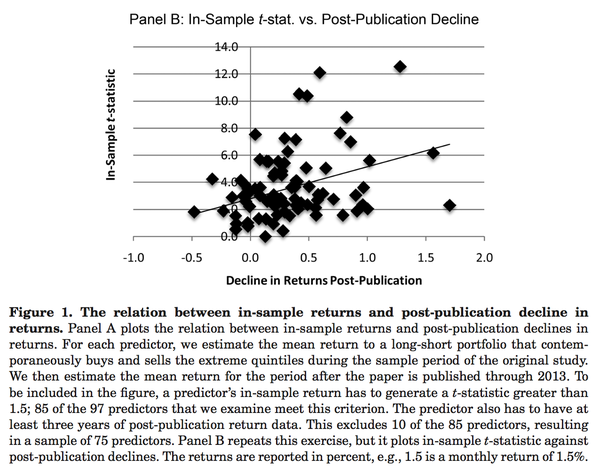Does Killing Stink Bugs Attract More? Exploring the Impact of Pest Control on Stink Bug Populations
Guide or Summary:IntroductionUnderstanding Stink BugsBehavioral Response to KillingEcological ConsiderationsEffective Management Strategies**Translation……
Guide or Summary:
- Introduction
- Understanding Stink Bugs
- Behavioral Response to Killing
- Ecological Considerations
- Effective Management Strategies
**Translation:** Does killing stink bugs attract more
---
Introduction
Stink bugs, known for their distinctive odor and agricultural damage, have become a significant concern for homeowners and farmers alike. The question arises: **does killing stink bugs attract more?** This inquiry leads us to explore the ecological dynamics of pest control and its unintended consequences. In this article, we will delve into the behaviors of stink bugs, the impact of their removal, and effective strategies for managing their populations.
Understanding Stink Bugs
Stink bugs, particularly the brown marmorated stink bug (Halyomorpha halys), are an invasive species that can cause extensive damage to crops and gardens. They are known for their ability to reproduce rapidly, which can lead to large infestations. Understanding their life cycle and behavior is crucial in addressing the question of whether killing them encourages more to appear.

Behavioral Response to Killing
When stink bugs are killed, it can trigger a series of behavioral responses in the remaining population. Stink bugs communicate through pheromones, and when one is killed, it may release alarm pheromones that signal danger to others. This can lead to increased movement and potential aggregation of stink bugs in the area, which raises the question: **does killing stink bugs attract more?**
Research suggests that the death of a stink bug can indeed attract more of its kind due to these pheromonal signals. This phenomenon can create a cycle where attempts to control the population through killing may inadvertently lead to an increase in their numbers.
Ecological Considerations
The ecological impact of killing stink bugs extends beyond immediate pest control. Stink bugs are part of a larger ecosystem, and their removal can disrupt the balance between different species. Predators of stink bugs, such as birds and beneficial insects, may also be affected. Understanding these interactions is essential to determine the most effective pest management strategies.
Effective Management Strategies
Given the complexities involved, it is crucial to adopt integrated pest management (IPM) strategies that minimize the need for killing stink bugs outright. Here are some effective methods:

1. **Preventive Measures**: Seal entry points in homes to prevent stink bugs from entering. Use screens on windows and doors, and inspect incoming produce for pests.
2. **Natural Predators**: Encourage the presence of natural predators in the garden. Birds, spiders, and beneficial insects can help keep stink bug populations in check without the need for chemical interventions.
3. **Traps**: Use traps designed specifically for stink bugs. These traps can capture and reduce their numbers without triggering alarm pheromones that attract more.
4. **Chemical Control**: If necessary, use insecticides judiciously. Opt for targeted treatments that minimize harm to beneficial insects and the environment.

In conclusion, the question **does killing stink bugs attract more?** highlights the complexities of pest management and the importance of understanding ecological interactions. While killing stink bugs may provide temporary relief, it can also lead to unintended consequences, such as attracting more pests. Adopting integrated pest management strategies can help maintain a balanced ecosystem while effectively managing stink bug populations. By focusing on prevention and natural control methods, homeowners and farmers can reduce the reliance on killing and foster a healthier environment.